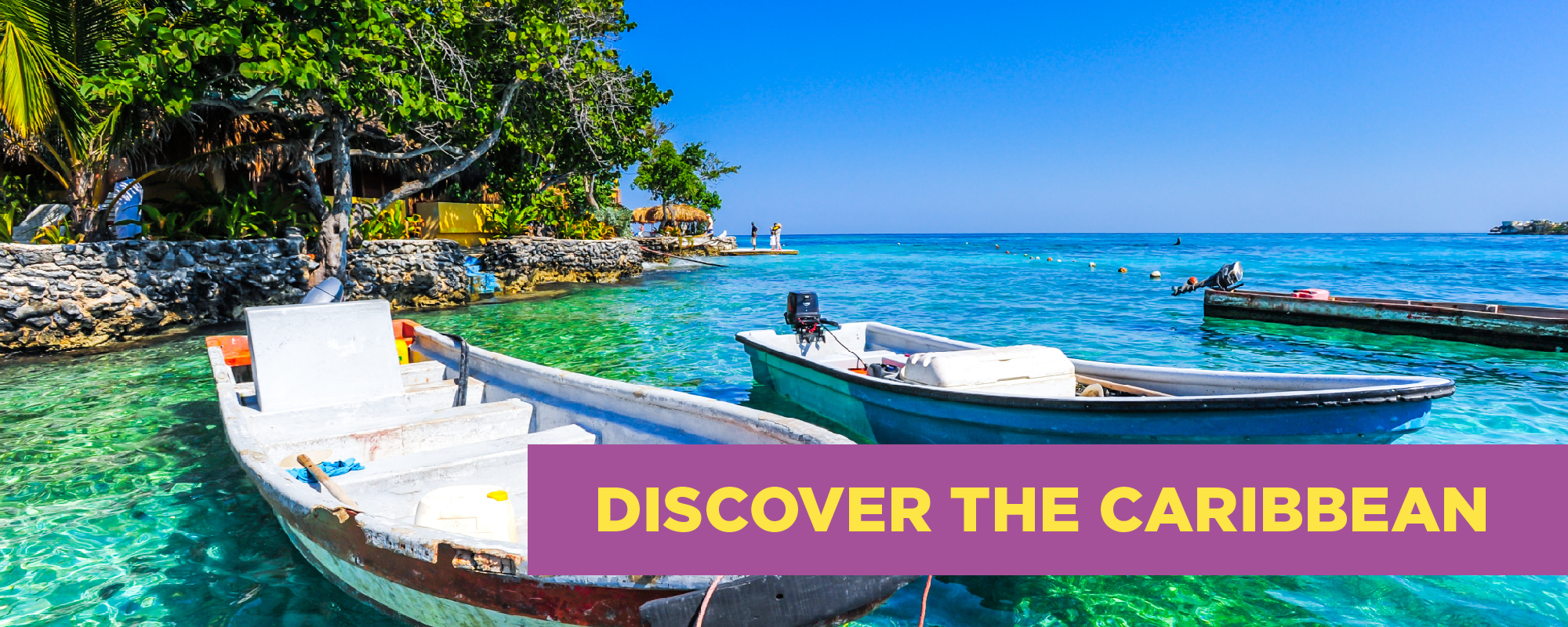
The Tayrona National Natural Park (Spanish: Parque Nacional Natural Tayrona) is a protected area in the Colombian northern Caribbean region and within the jurisdiction of the city of Santa Marta, 34 kilometers from the city Centre. The park presents a biodiversity endemic to the area of the Sierra Nevada de Santa Marta mountain range, featuring a variety of climates (mountain climate) and geography that ranges from arid sea level to 900 meters above sea level. The park covers approximately 30 square kilometers of maritime area in the Caribbean Sea and approximately 150 square kilometers of land.
It was the second most visited national park in Colombia in 2012, with 293,502 visitors.
It was the second most visited national park in Colombia in 2012, with 293,502 visitors.

 español
español inglés
inglés francés
francés alemán
alemán

